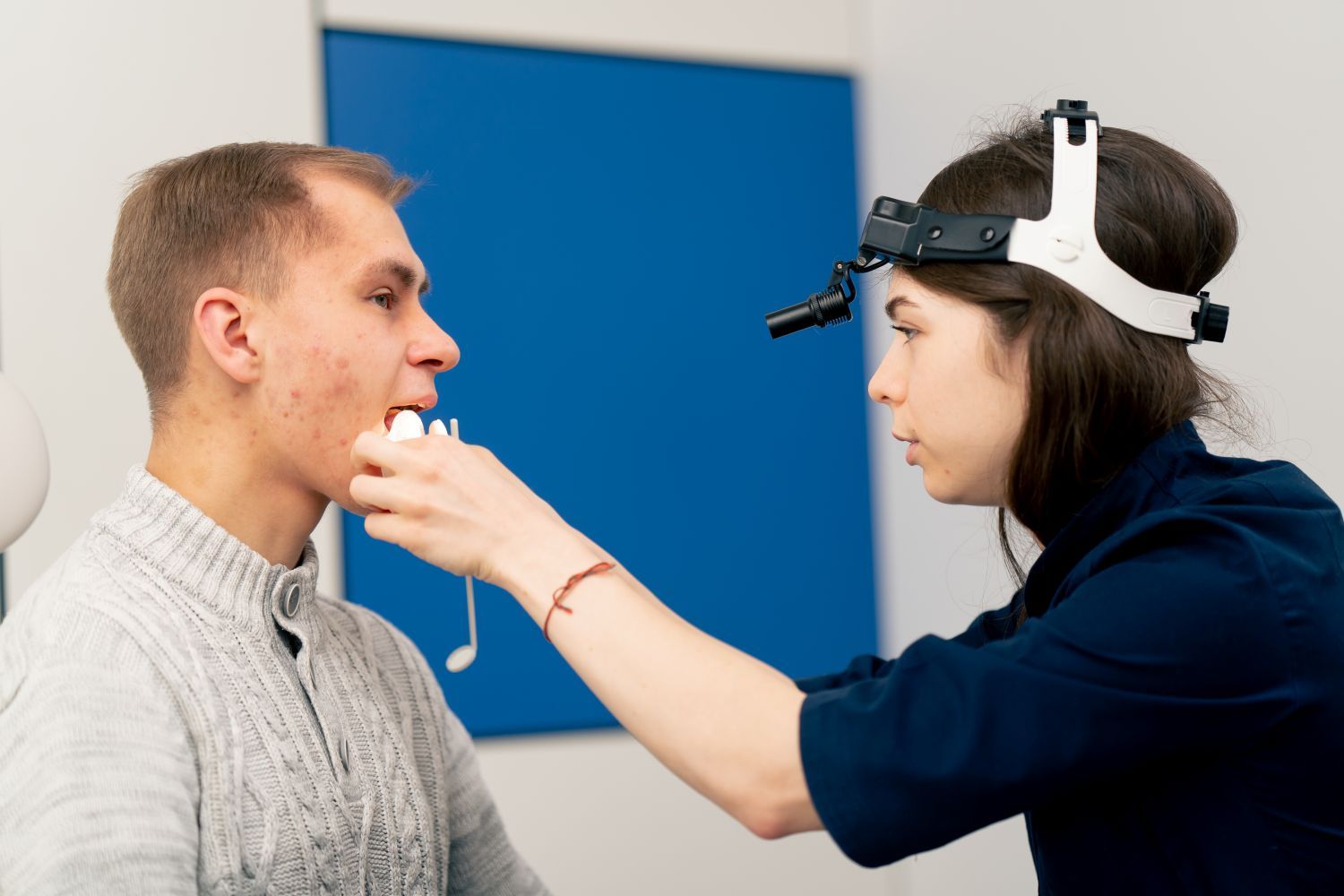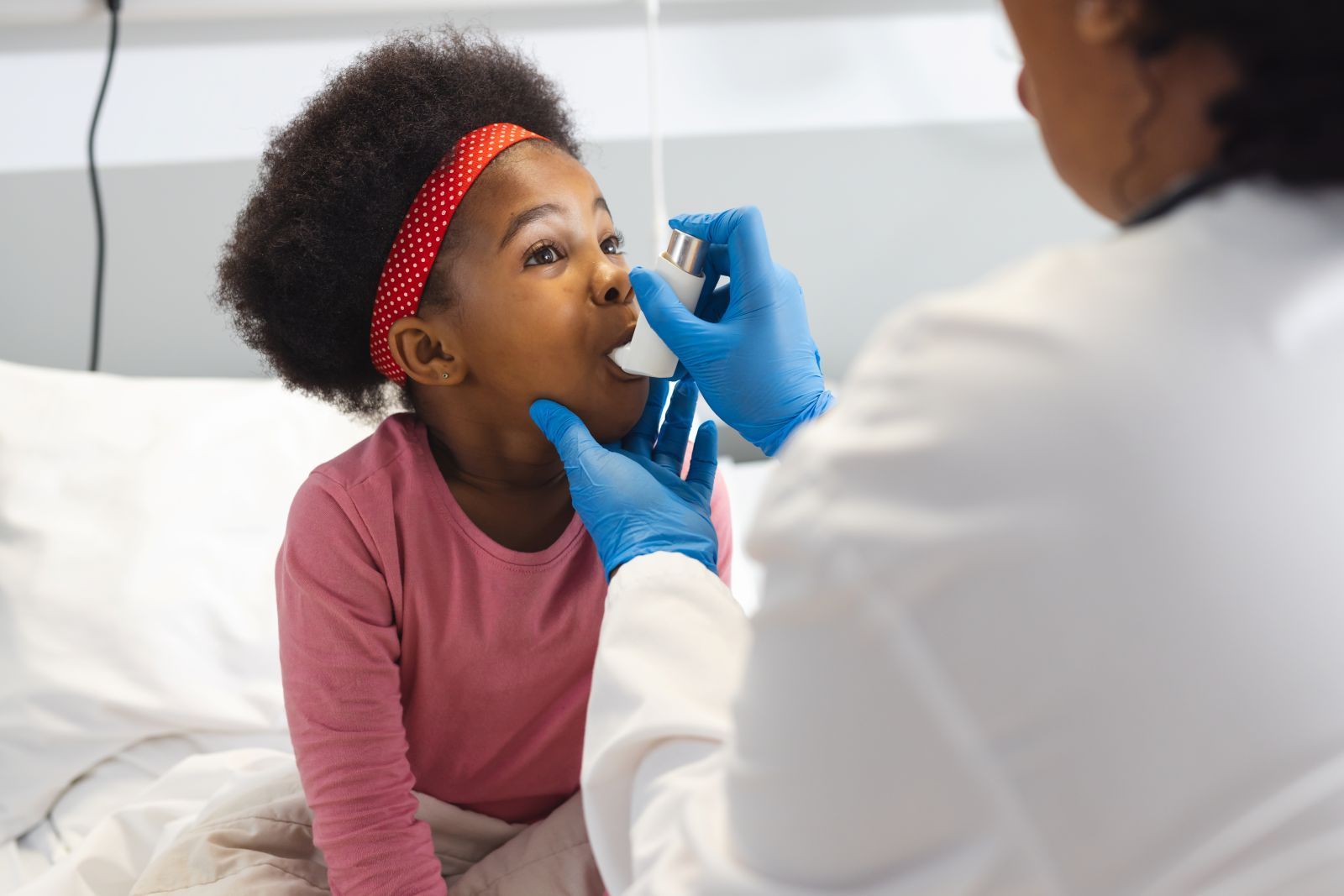Recurrent Pediatric Sinusitis? How to Identify and Treat Underlying Allergies
When a Stuffy Nose Isn’t Just a Cold
Kids get sniffly—a lot. But when does a simple "cold" cross into chronic sinusitis territory? And how often is allergy-driven inflammation the hidden culprit?
For physicians managing pediatric patients, distinguishing between infectious sinusitis, allergic rhinitis, and overlapping conditions is critical. Misdiagnosis can lead to unnecessary antibiotics, delayed care, and frustrated families.
Let’s break down the latest evidence on pediatric sinusitis and allergies—from pathophysiology to practical management.
Pediatric Sinusitis vs. Allergic Rhinitis: Key Differences
According to the
American College of Allergy, Asthma, and Immunology (ACAAI),
approximately40% of children with chronic sinusitis also have underlying allergic rhinitis. Identifying pediatric sinusitis can be tricky, especially when allergies are in play. Many of the symptoms overlap, and they can be mistaken for simple colds or other conditions. Here are the clinical signs and symptoms healthcare providers should look for:
| Feature | Acute Bacterial Sinusitis | Last NameAllergic Rhinitis |
|---|---|---|
| Duration | >10 days without improvement | Chronic/recurrent |
| Discharge | Thick, purulent (yel Absent low/green) | Thin, clear |
| Fever | Common (especially in young kids) | Absent |
| Itching | Rare | Prominent (nose, eyes, throat) |
| Response to Antihistamines | Minimal | Significant |
Pro Tip: A child rubbing their nose upward ("allergic salute") is a classic allergic rhinitis sign.
Why Allergies Often Underlie Pediatric Sinusitis
Allergic inflammation swells nasal mucosa, blocking sinus drainage pathways. This creates a perfect storm for bacterial growth. Key connections:
- The Obstructive Pathway
- IgE-mediated inflammation → ostiomeatal complex blockage → mucus stasis → secondary infection
- Studies show 40–60% of kids with chronic sinusitis have comorbid allergies (Shapiro et al., 2021)
- The Immune Dysregulation Link
- Allergies skew toward Th2 dominance, impairing bacterial clearance
- Recurrent sinusitis may signal underlying allergic sensitization
- The Vicious Cycle
Allergies → Edema → Sinusitis → More Inflammation → Worse Allergies
Clinical Pearl: If a child has recurrent sinus infections, consider an allergy workup—not just antibiotics.
Evidence-Based Management: A Stepwise Approach
Step 1: Confirm the Diagnosis
- Imaging? Usually not needed for uncomplicated cases. Reserve CT for:
- Suspected complications (orbital/cranial involvement)
- Persistent symptoms despite treatment
- Allergy Testing: Consider if:
- Symptoms are seasonal
- Family history of atopy
- Poor response to medical therapy
Step 2: First-Line Treatments
| Condition | Therapy |
|---|---|
| Allergic Rhinitis | Intranasal steroids (e.g., fluticasone) + 2nd-gen antihistamines |
| Acute Sinusitis | Amoxicillin-clavulanate (if bacterial criteria met) |
| Chronic Sinusitis | 4–6 weeks of intranasal steroids + saline irrigation |
Step 3: When to Refer
- ENT Referral:
- Nasal polyps (think cystic fibrosis or AERD in teens)
- Structural abnormalities (deviated septum, adenoid hypertrophy)
- Allergy Referral:
- Multiple allergen sensitivities
- Consideration for immunotherapy
Physician Frequently Asked Questions:
Q: Can allergies cause chronic sinusitis in children?
A: Yes. IgE-mediated inflammation blocks sinus drainage, creating a breeding ground for infections.
Q: When should I refer a child with sinusitis to an allergist?
A: If >6 episodes/year, seasonal patterns, or poor response to intranasal steroids
Q: Best antihistamine for overlap cases?
A: 2nd-gen (loratadine/cetirizine) for daily use
Final Thought
Recurrent pediatric sinusitis is often an allergy problem disguised as an infection problem. By treating the underlying inflammation, we reduce unnecessary antibiotics and truly break the cycle.
We invite you to join the Snot Force Alliance and take advantage of the resources available to stay informed about the latest findings related to nasal, sinus, and airway conditions. Together, we can improve nasal health and enhance patient care in our practices.












